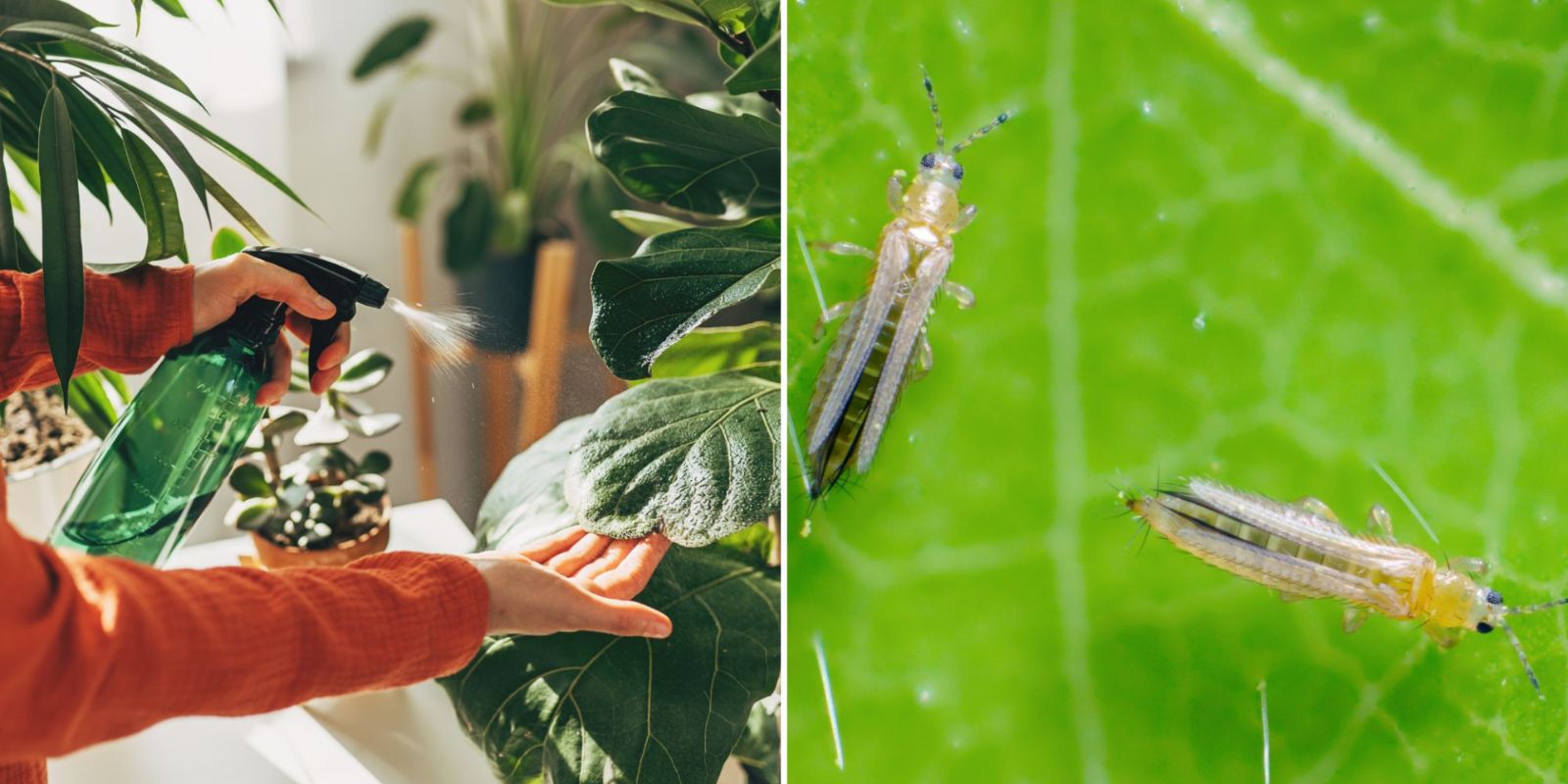Gardening can be immensely rewarding, but dealing with pests and fungi can quickly turn a flourishing garden into a problematic one. Fortunately, there’s a simple and effective ingredient that can help you bid farewell to these common issues. This article will explore how to use baking soda or neem oil to protect your plants from pests and fungi, providing you with an easy, natural solution to keep your garden healthy and thriving.
Introduction: The Challenge of Garden Pests and Fungi
Pests and fungi are frequent challenges for gardeners, causing damage to plants and affecting their overall health. Common pests like aphids, spider mites, and whiteflies can drain plant resources, while fungal infections such as powdery mildew and rust can lead to unsightly spots and decreased plant vigor. Addressing these issues promptly is crucial to maintaining a thriving garden. Luckily, there are natural remedies that can effectively combat these problems without resorting to harsh chemicals.
Using Baking Soda for Pest and Fungi Control
1. Why Baking Soda?
Baking soda, or sodium bicarbonate, is a versatile ingredient that can help manage both pests and fungal diseases. Its alkaline nature makes it an effective fungicide, and it can also deter certain pests. Additionally, baking soda is readily available, inexpensive, and safe for most plants when used correctly.
2. Preparing the Baking Soda Solution
- Ingredients: You will need 1 tablespoon of baking soda, 1 gallon of water, and a small amount of mild liquid soap (such as dish soap) to help the solution adhere to plant surfaces.
- Mixing Instructions: In a clean container, dissolve the baking soda in the water. Add a few drops of liquid soap to the mixture. The soap helps the solution stick to the plant leaves and improves its effectiveness.
3. Application
- Timing: Apply the baking soda solution in the early morning or late afternoon to avoid the heat of midday, which could potentially cause leaf burn.
- Method: Use a spray bottle or garden sprayer to apply the solution evenly to all affected plant parts, including leaves, stems, and any areas showing signs of fungal infection or pest presence.
- Frequency: Reapply the solution every 7-14 days or after heavy rain to maintain its effectiveness. Regular application helps prevent the recurrence of pests and fungi.
4. Benefits and Considerations
- Benefits: Baking soda is an eco-friendly option that helps manage fungal diseases like powdery mildew and certain pests. It’s safe for most plants and poses minimal risk to beneficial insects when used as directed.
- Considerations: While baking soda is effective, it may not control all types of pests and diseases. It’s best used as part of an integrated pest management strategy.
Using Neem Oil for Pest and Fungi Control
1. Why Neem Oil?
Neem oil, derived from the seeds of the neem tree, is a natural pesticide and fungicide known for its broad-spectrum activity. It targets various pests, including aphids, spider mites, and whiteflies, and helps control fungal diseases like powdery mildew and rust. Neem oil disrupts the life cycle of pests and prevents the spread of fungi.
2. Preparing the Neem Oil Solution
- Ingredients: Obtain neem oil from a garden center or online. Follow the manufacturer’s instructions for dilution rates, as they may vary by product.
- Mixing Instructions: Typically, mix 2-4 tablespoons of neem oil with 1 gallon of water. Add a few drops of mild liquid soap to help the oil blend with water and adhere to plant surfaces.
3. Application
- Timing: Apply neem oil in the early morning or late afternoon to avoid direct sunlight, which can cause the oil to degrade or burn the plant leaves.
- Method: Use a spray bottle or garden sprayer to evenly coat all affected areas, including both the tops and undersides of leaves. Ensure thorough coverage for optimal results.
- Frequency: Apply neem oil every 7-14 days or as needed, particularly if you notice renewed pest activity or fungal growth.
4. Benefits and Considerations
- Benefits: Neem oil is an effective, natural solution for a wide range of pests and fungal diseases. It’s safe for most plants and has minimal impact on beneficial insects when used correctly.
- Considerations: Neem oil may have a strong odor initially, but it dissipates over time. Be sure to follow the recommended dilution rates and application instructions to avoid potential plant damage.
Combining Methods for Optimal Results
1. Integrated Pest Management
For comprehensive pest and fungi control, consider combining baking soda and neem oil treatments with other integrated pest management strategies. This approach may include:
- Cultural Practices: Implement practices such as proper spacing, crop rotation, and sanitation to reduce pest and disease pressure.
- Physical Controls: Use barriers, traps, and manual removal of pests to complement your treatments.
- Biological Controls: Encourage or introduce beneficial insects that prey on harmful pests.
2. Monitoring and Maintenance
Regularly inspect your plants for signs of pests and fungal diseases. Early detection and prompt treatment are key to preventing serious infestations and maintaining plant health.
Conclusion: Embrace Natural Solutions for a Healthier Garden
Utilizing baking soda and neem oil offers a natural, effective way to manage pests and fungi in your garden. These simple ingredients can help you maintain a healthy, vibrant garden while minimizing the need for synthetic chemicals. By incorporating these methods into your gardening routine, you can protect your plants and enjoy their beauty throughout the growing season.
Ready to tackle garden pests and fungi with natural solutions? Start using baking soda and neem oil to keep your plants healthy and share your success stories with fellow gardeners. Your garden will thrive, and you’ll contribute to a more sustainable gardening practice.

